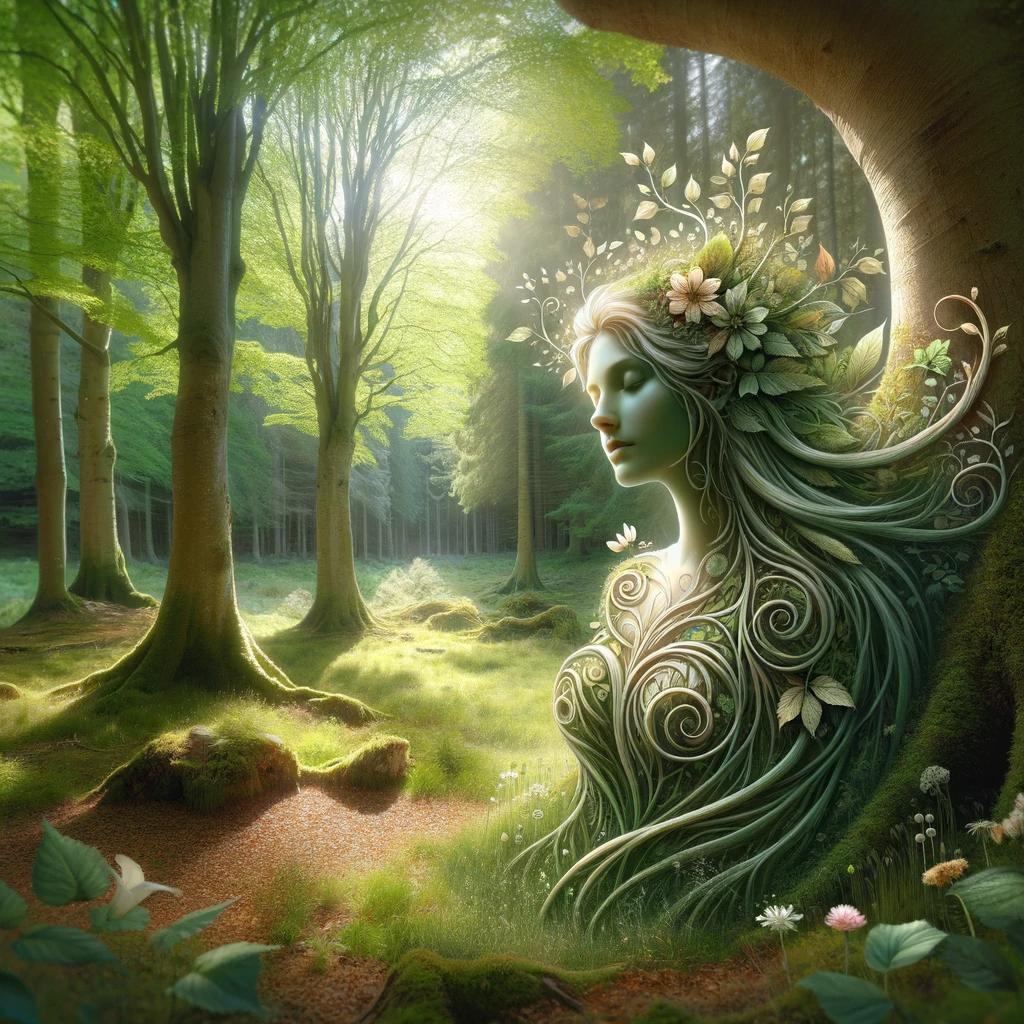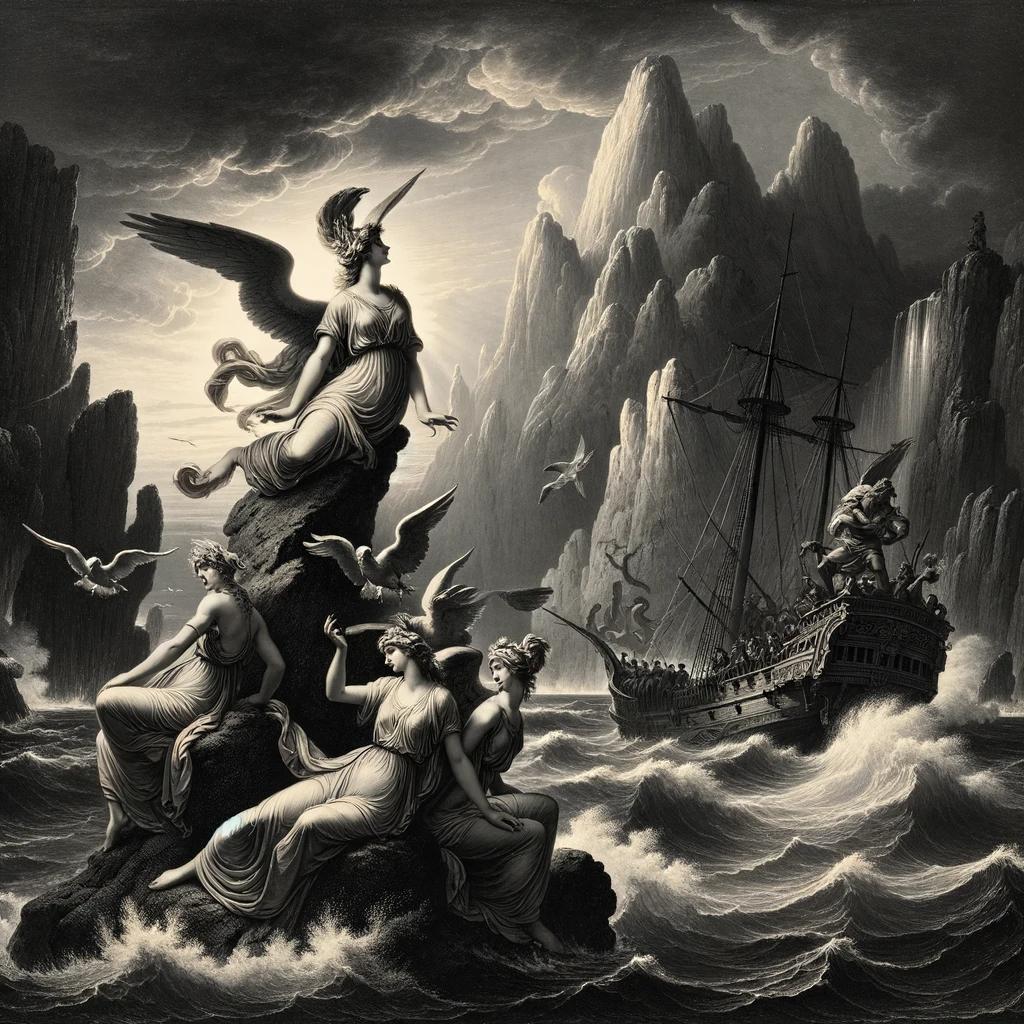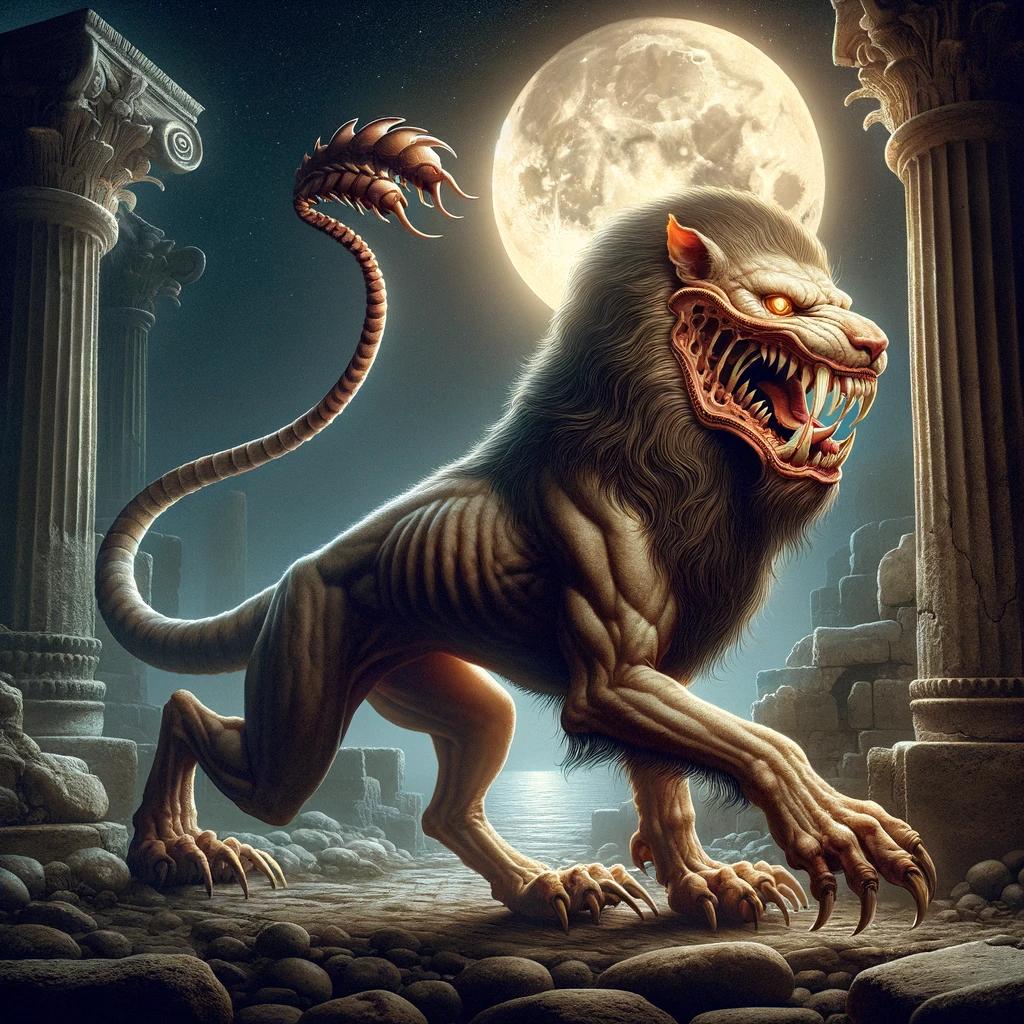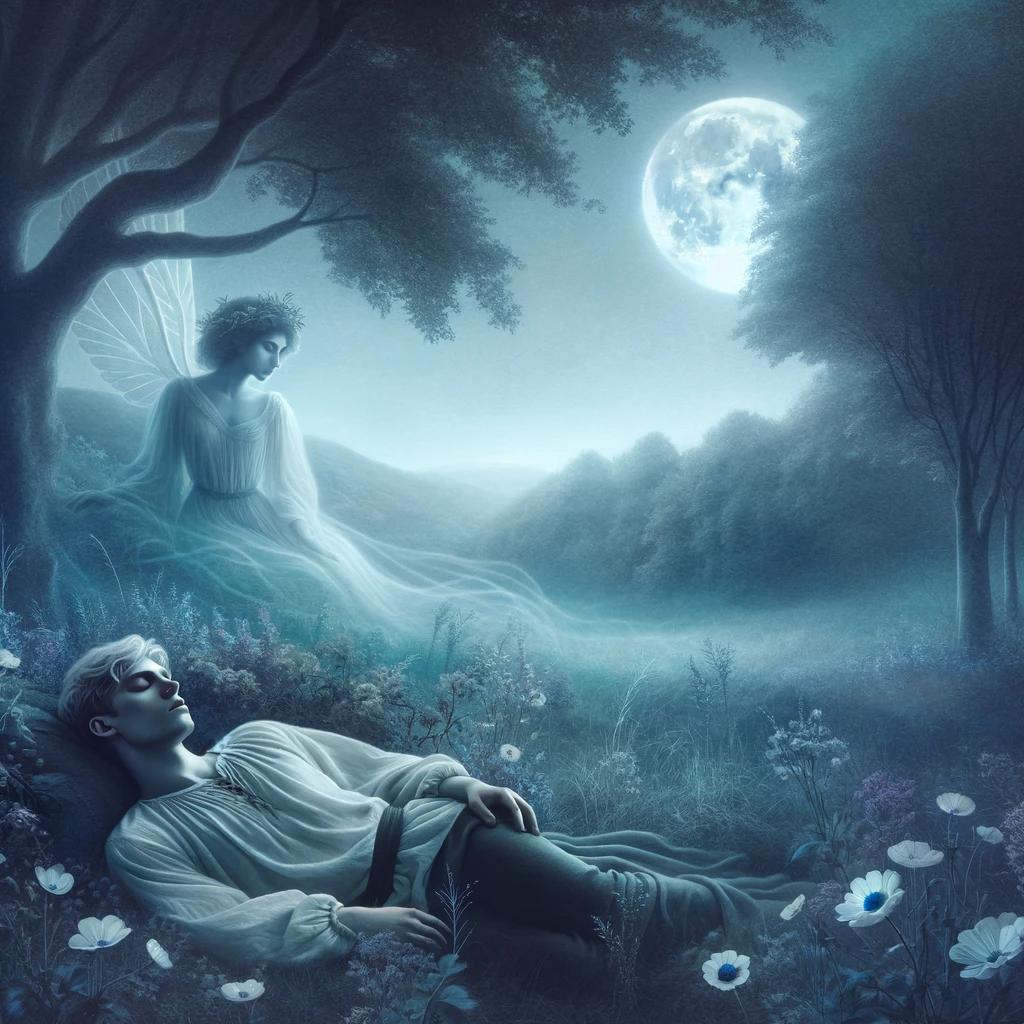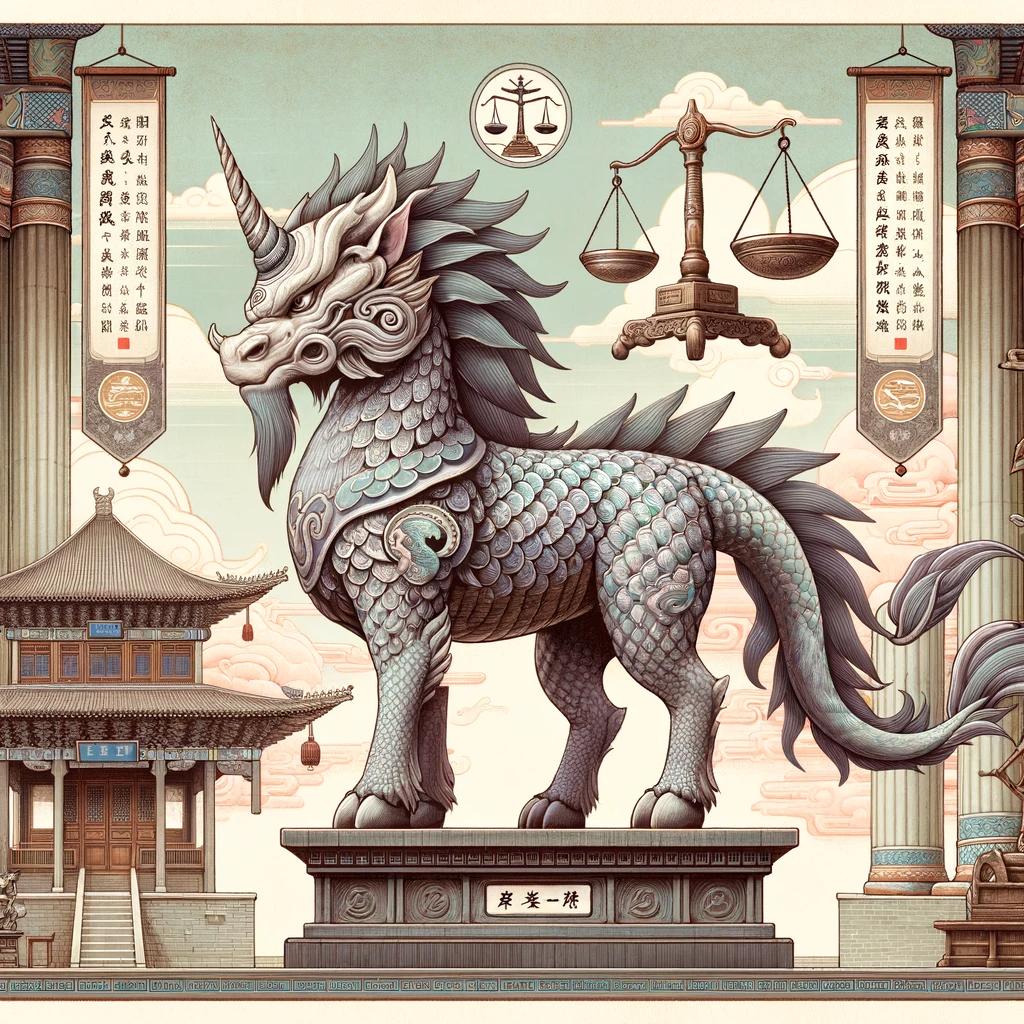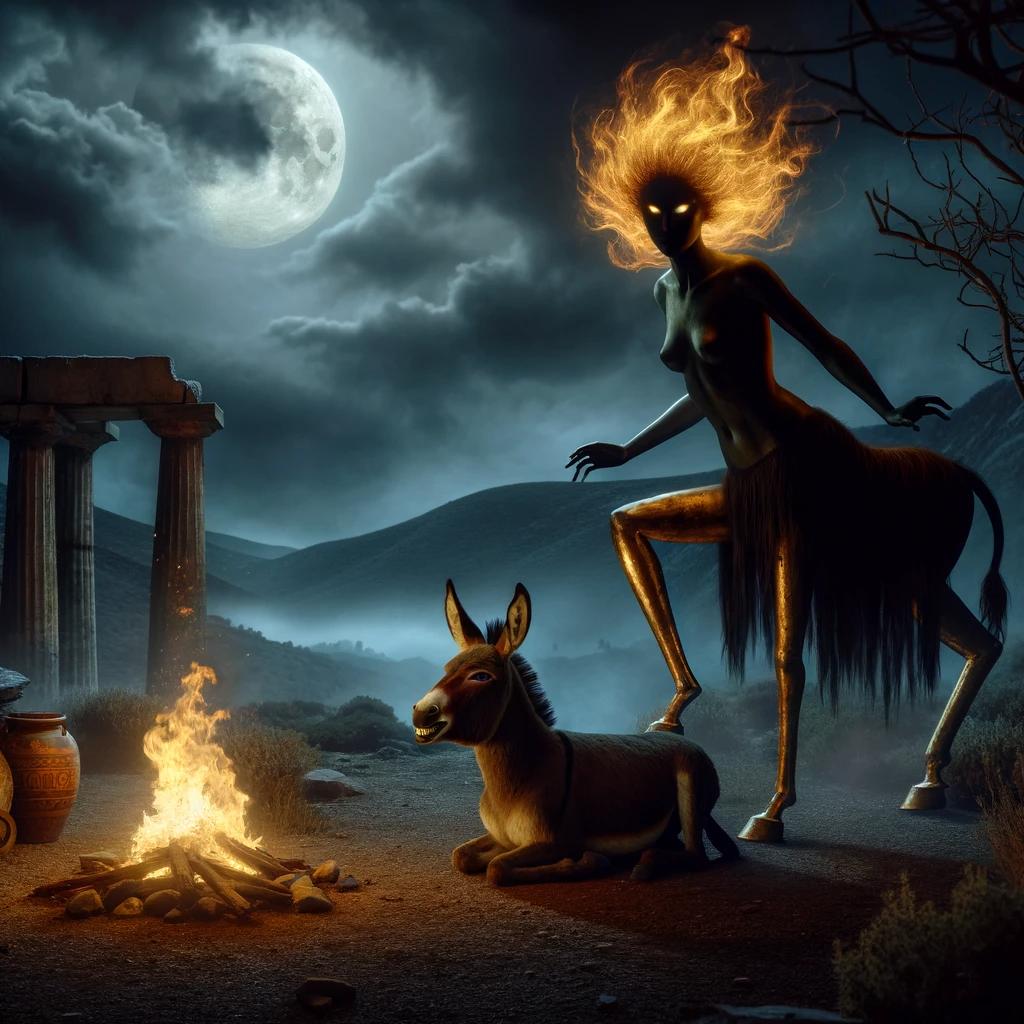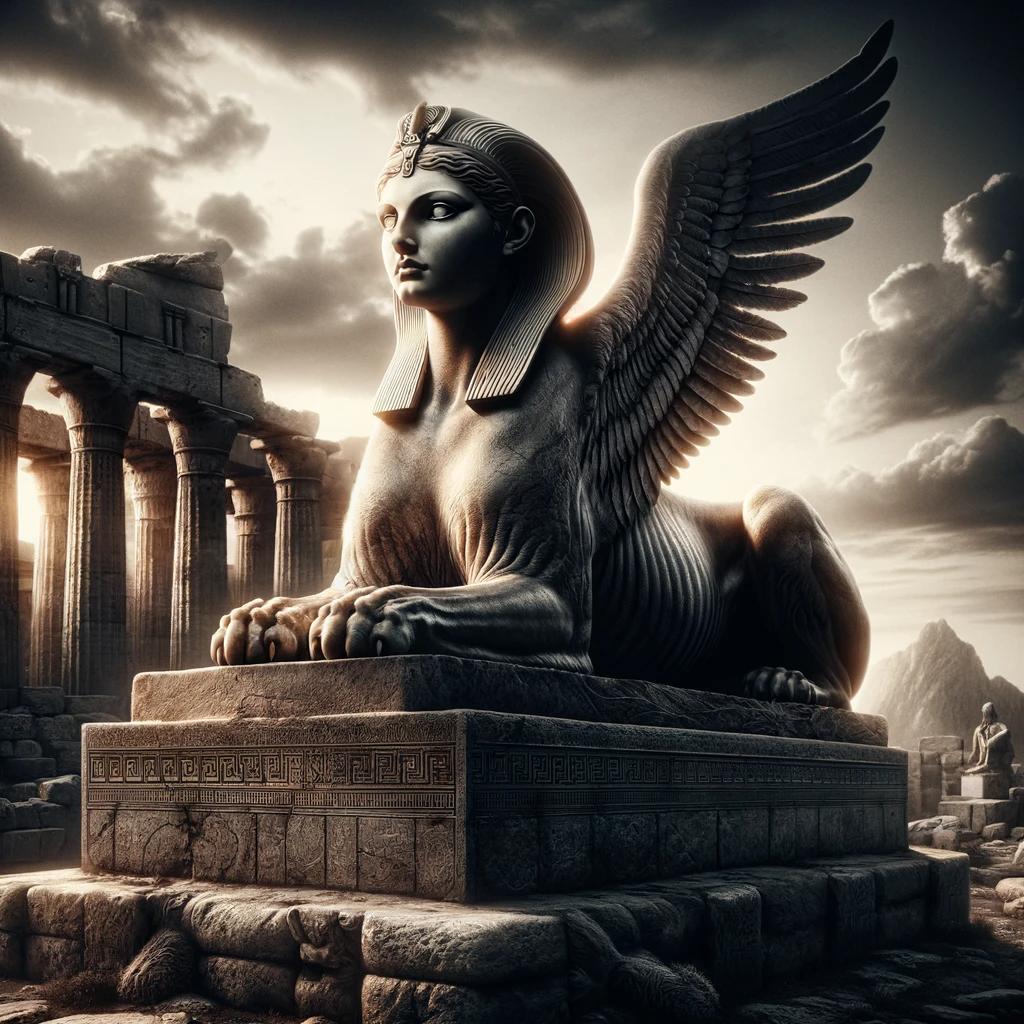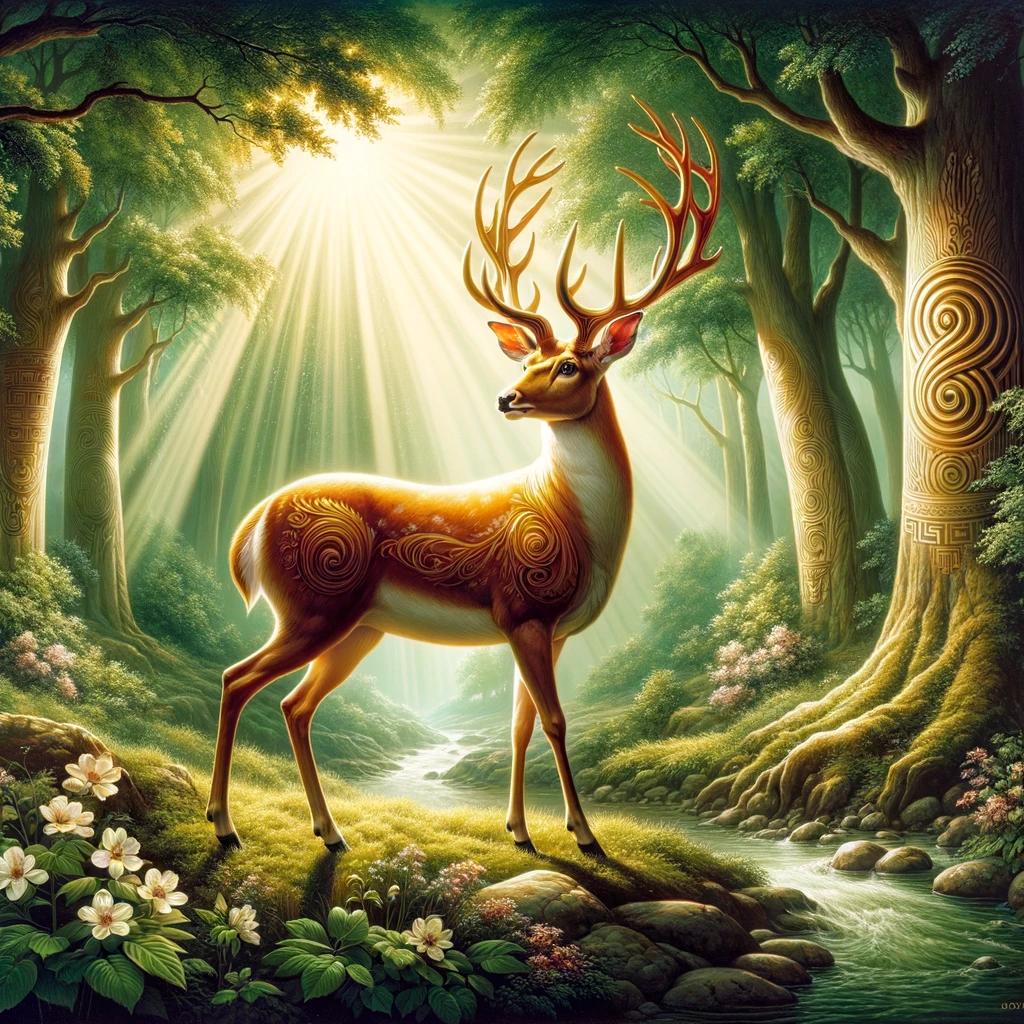What is a Nymph in Greek Mythology: Explained for American Audiences
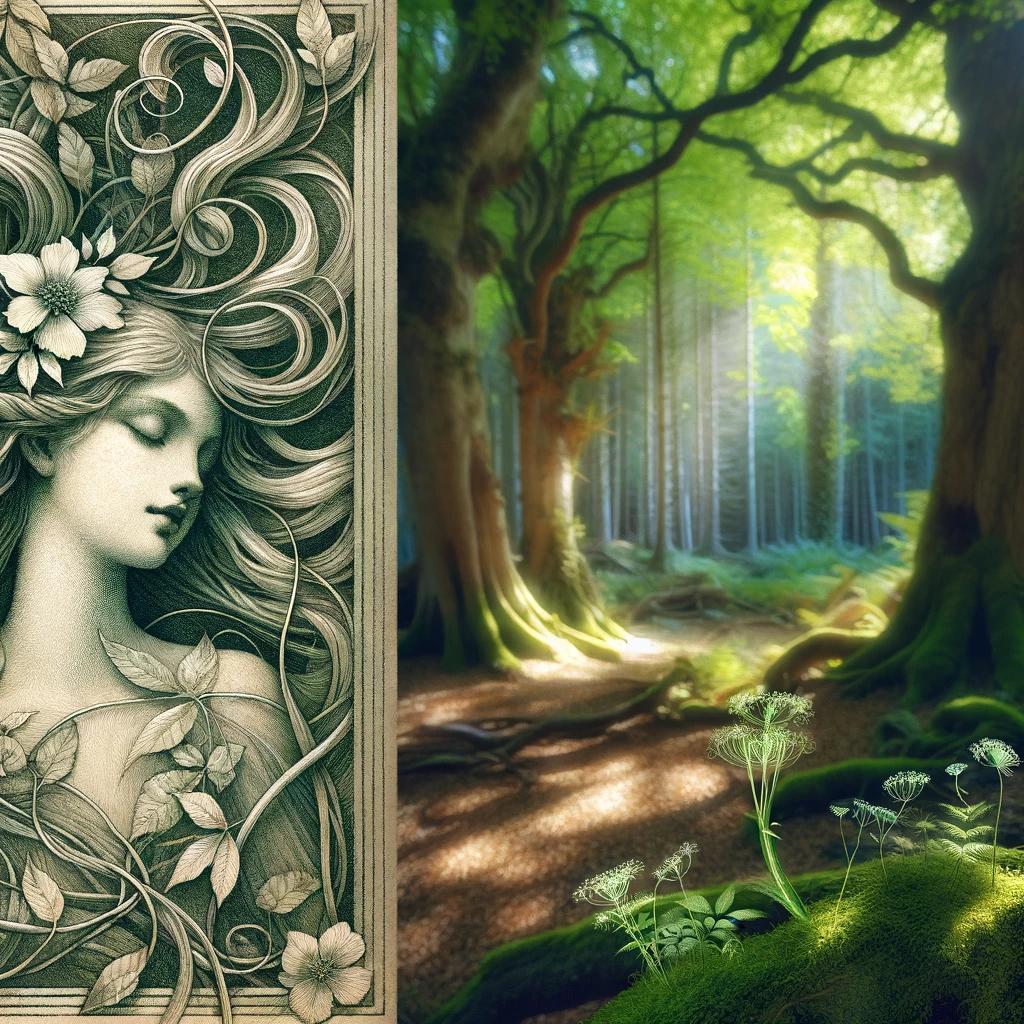
Nymphs, divine female entities in Greek mythology, are closely associated with nature and specific earthly elements. They often appear as young women and have significant importance in Greek mythology.
There are different types of nymphs, each associated with a specific part of nature such as the sea, freshwater, springs, mountains, forests, and trees. Nymphs have also been depicted in ancient artwork and literature, sometimes confused with fairies.
Beliefs in nymphs persisted until the 20th century in Greece, known as “nereids.” Nymphs are believed to have a special connection with the beauty and vitality of nature.
The concept of nymphs in Greek mythology
In Greek mythology, nymphs are divine female entities closely associated with nature.
They embody the beauty and vitality of the natural world, and their significance in Greek myths is profound.
Origins and Descriptions of Nymphs
Nymphs have been depicted in various ancient texts and artwork. They are often described as young, beautiful women with enchanting voices and a graceful presence. The origins of nymphs vary among different myths, with some being born from specific deities or natural elements.
Nymph Powers and Characteristics
While nymphs are considered lesser deities, their powers are notable. They possess a deep connection to the environment they are associated with, granting them certain abilities. Nymphs of the sea, for example, can control the waves, while nymphs of the forest may have the power to communicate with animals.
One of the defining characteristics of nymphs is their immortality. Although they are not considered major gods, nymphs have extremely long lifespans, often living for centuries. Their eternal youth and beauty make them objects of desire and fascination.
Types of Nymphs and Their Associations
There are several types of nymphs, each associated with a specific aspect of the natural world:
- 1. Oceanids: Nymphs of the sea who are often portrayed as the daughters of Oceanus and Tethys.
- 2.
Nereids:
Nymphs inhabiting both saltwater and freshwater bodies, such as the seas, rivers, and lakes. - 3. Naiads: Nymphs dwelling in springs, rivers, and lakes, presiding over the freshwater sources.
- 4. Oreads: Nymphs associated with mountains and caves, often depicted as playful and mischievous.
- 5.
Napaeas and Alseidas:
Nymphs found in valleys and forests, connected to the lush greenery and tranquility of these environments. - 6. Dryads and Hamadryads: Nymphs who inhabit trees and forests, forming deep bonds with specific trees, known as hamadryads.
Nymphs in Greek Mythology and Literature
Nymphs have been a prominent presence in ancient artwork and literature.
They often appear in various myths and stories, showcasing their interactions with gods, heroes, and mortals.
There is a longstanding association between nymphs and fairies, with overlapping characteristics and abilities. This connection has been explored in countless works of art and literature, blurring the lines between these magical beings.
Belief in nymphs persisted in Greece until the 20th century, and encounters with these divine beings were reported by solitary travelers near their designated natural habitats. These encounters were often accompanied by the soothing sound of music and the enchanting sight of nymphs dancing in streams and lakes.
The Symbolism and Significance of Nymphs
Nymphs embody a deep connection with nature. They symbolize the beauty and vitality found within the natural world, reminding humanity of its close relationship with the environment.
While sometimes capable of causing misfortune, nymphs are generally seen as benevolent beings who bring joy and harmony to their surroundings.
They inspire artists, poets, and philosophers with their ethereal presence and serve as a reminder of the divine power inherent in every corner of the natural realm.
Different types of nymphs and their associations
In Greek mythology, nymphs are classified into various types, each associated with a specific aspect of the natural world.
Let’s explore the different types of nymphs and their unique associations.
Oceanids: Nymphs of the sea
Oceanids are nymphs specifically associated with the sea. They possess an intimate connection with the vastness and power of the ocean. Oceanids are often described as beautiful maidens, dwelling within the depths of the sea and embodying its mysteries.
Nereids: Nymphs of saltwater and freshwater
Nereids are nymphs that inhabit both saltwater and freshwater environments. They are known for their beauty and grace, often depicted as young women with flowing hair. Nereids are associated with the sea’s many dimensions, from calm coastal regions to the depths of the open ocean.
Naiads: Nymphs of springs, rivers, and lakes
Naiads are nymphs who preside over springs, rivers, and lakes. They are believed to embody the essence of freshwater and are often depicted as playful and alluring. Naiads are connected to the life-giving properties of water and are regarded as protectors of these natural water sources.
Oreads: Nymphs of mountains and caves
Oreads are nymphs associated with the mountains and caves. They personify the rugged beauty of these landscapes and are often depicted as young women with a wild and untamed spirit.
Oreads inspire awe and reverence, symbolizing the strength and mystique of the mountainous regions.
Napaeas and Alseidas: Nymphs of valleys and forests
Napaeas and Alseidas are nymphs who inhabit valleys and forests. They represent the lushness and vitality of these natural environments. Napaeas are associated with peaceful valleys, while Alseidas embody the wild and untamed aspects of forested areas.
Both types of nymphs are connected to the life and abundance found within these regions.
Dryads and Hamadryads: Nymphs of trees and forests
Dryads and Hamadryads are nymphs who are closely tied to trees and forests. Dryads are specifically linked to individual trees, while Hamadryads are connected to the life force of the entire forest.
They are depicted as ethereal beings, safeguarding the well-being and longevity of the flora and fauna within their realms.
By understanding the different types of nymphs and their associations, we gain a deeper appreciation for the myriad ways in which these divine entities are intertwined with the natural world.
Nymphs in Greek mythology and literature
Within Greek mythology and literature, nymphs hold a significant place, weaving their enchanting presence throughout ancient artwork and literary texts. Let’s delve into the various aspects related to nymphs in this realm.
Depictions of Nymphs in Ancient Artwork and Literature
Ancient artwork and literature beautifully portray the captivating essence of nymphs. These divinities are often depicted in graceful forms, reflecting their association with nature. From delicate sculptures to intricate paintings, the creativity of artists brings the nymphs’ charm and allure to life.
Likewise, in literary works such as poems, epic tales, and dramas, nymphs serve as symbolic representations of natural beauty, occasionally intertwined with human destinies.
The Relationship between Nymphs and Fairies
The connection between nymphs and fairies has long sparked speculation and confusion. While nymphs stem from Greek mythology, fairies emerge from different cultural folklore. However, similarities in their nature-associated attributes and ethereal qualities have blurred the lines of distinction.
Their overlapping characteristics of grace, enchantment, and guardianship of natural realms often create connections or comparisons between these divine beings in various interpretations of myths, stories, and legends.
Surviving Beliefs and Encounters with Nymphs
The belief in nymphs has endured throughout history, and stories of encounters with these ethereal beings have been passed down through generations.
While nymphs typically avoided human contact, solitary travelers occasionally stumbled upon them in secluded areas. Enraptured witnesses claimed to hear their alluring melodies, witness their mesmerizing dances, or observe them indulging in serene baths in brooks and lakes.
Such encounters were both mystical and dangerous, as nymphs possessed the power to bring either great fortune or misfortune to those they encountered.
Within the surviving beliefs surrounding nymphs, the existence of the ‘nereids’ persisted in Greece until the 20th century.
Even today, remnants of these ancient beliefs echo in the collective consciousness, intertwining the realms of myth and reality.
The symbolism and significance of nymphs
The nymphs hold deep symbolism and significance within Greek mythology, representing a profound connection with nature and specific locations. They are divine beings with a profound influence on humans, embodying the beauty and vitality of the natural world.
Connection with Nature and Specific Locations
Nymphs are intimately connected with the natural world, serving as guardians and representatives of various landscapes. Whether in the depths of the sea, the flowing rivers and lakes, the majestic mountains and caves, or the serene valleys and forests, each type of nymph reflects a unique aspect of nature.
They personify the spirit of these specific locations, embodying their essence and promoting their well-being.
Nymphs as Divine Beings and their Influence on Humans
Nymphs, although considered minor deities, possess a powerful influence on humans. They are seen as intermediaries between the mortal world and the divine realm. Nymphs have been known to interact with individuals, imparting wisdom, inspiration, and guidance.
Their presence and association with specific locations have bestowed upon them the ability to grant blessings, protection, and even fertility to those who honor and respect them.
The Beauty and Vitality Associated with Nymphs
Nymphs are renowned for their unparalleled beauty and eternal youthfulness.
They radiate an aura of purity and grace, evoking an ethereal charm that captivates all who encounter them. The nymphs, through their vibrant existence, serve as embodiments of the vigorous vitality found in the natural world.
Their presence is a testament to the awe-inspiring wonders of nature and its everlasting allure.
- Nymphs embody a powerful connection to nature and specific landscapes.
- They serve as representatives and guardians of their associated locations.
- Nymphs have a profound influence on humans, acting as intermediaries between mortals and the divine.
- They bestow blessings, protection, and fertility upon those who honor them.
- Nymphs exude eternal beauty and grace, capturing the essence of natural vitality.
.











